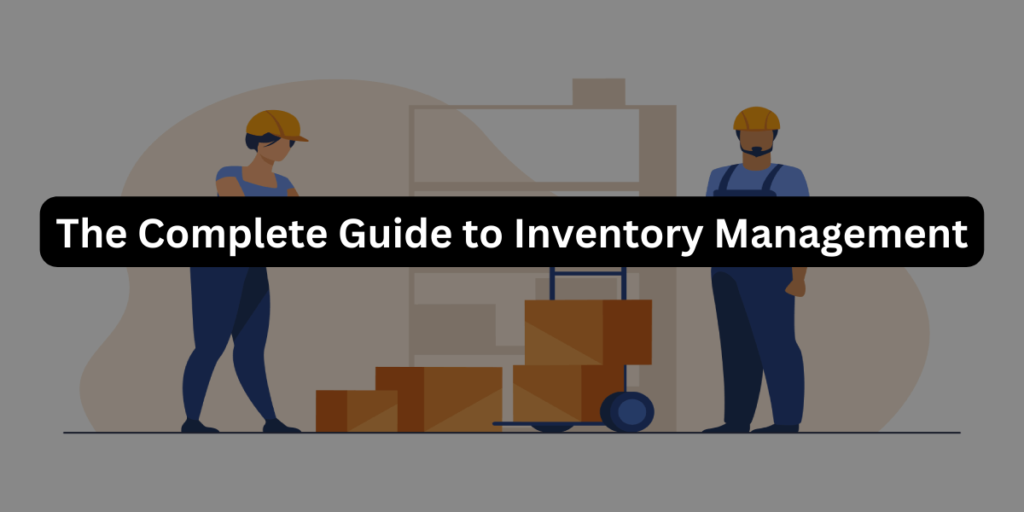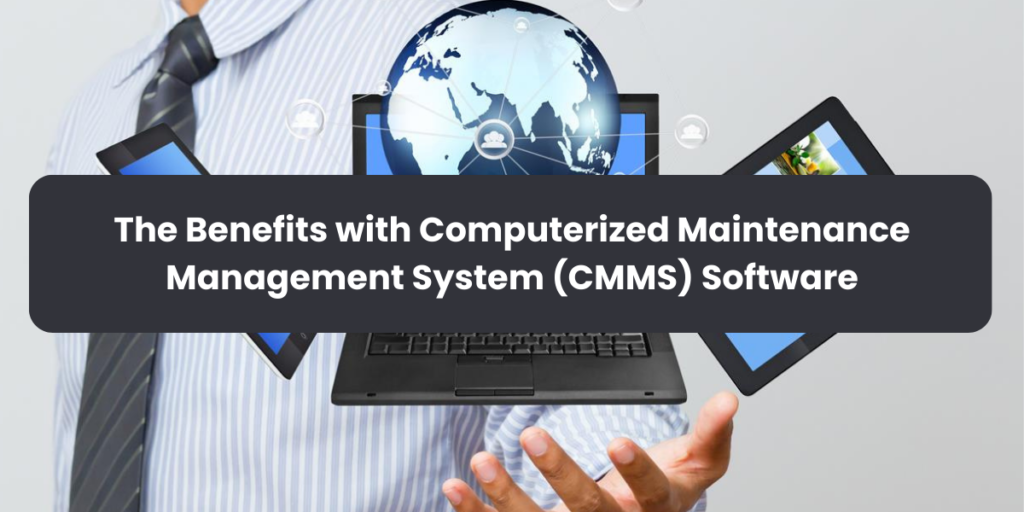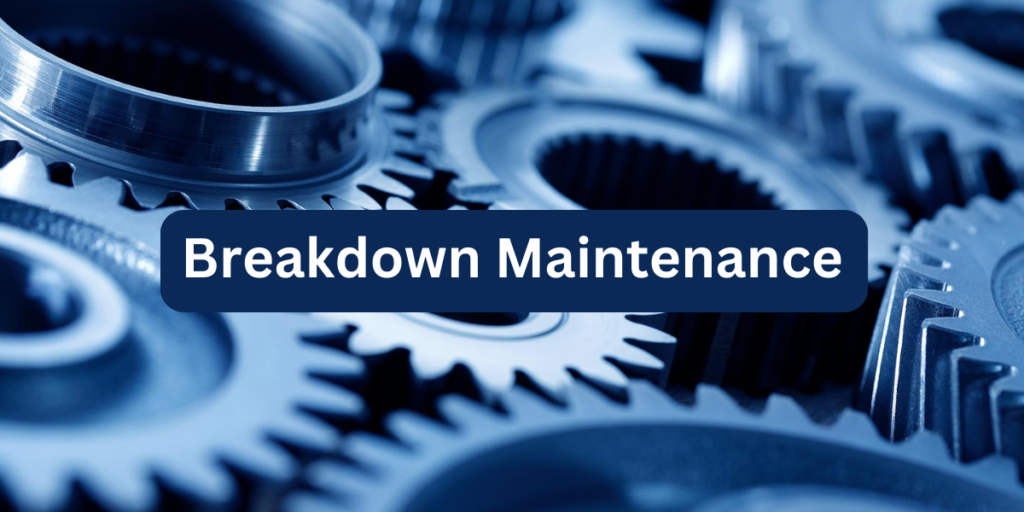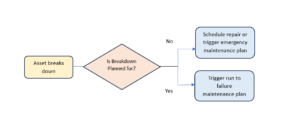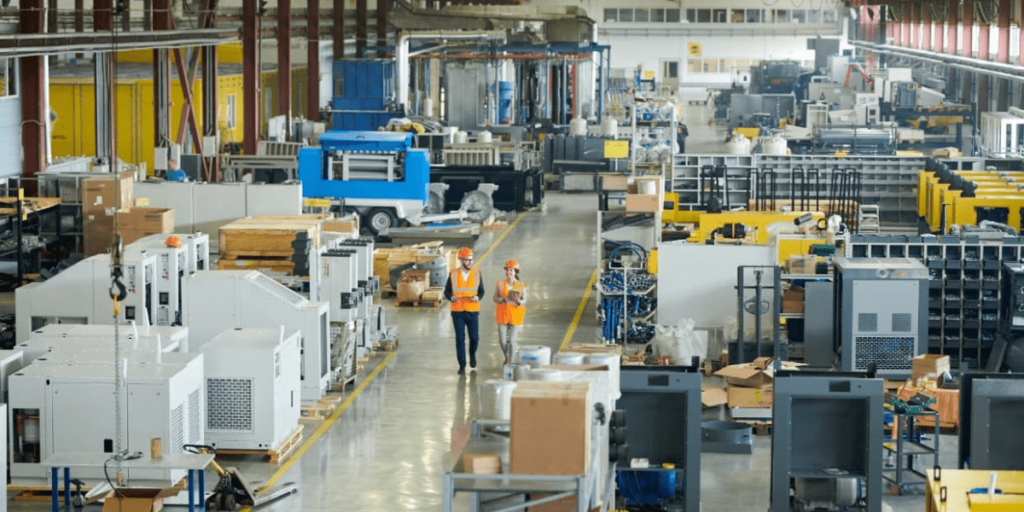The Complete Guide to Inventory Management
Efficient management of inventory is crucial for any enterprise engaged in handling tangible products. Whether you run a small retail store or a large manufacturing facility, understanding and implementing proper inventory management techniques can significantly impact your bottom line. In this comprehensive guide, we will delve into the world of inventory management, its purpose, types, techniques, and how technology like RFID solutions can revolutionize your inventory control process.
What Is Inventory Management?
Inventory management refers to the systematic process of overseeing and controlling a company’s stocked goods. It involves the management of raw materials, work-in-progress (WIP), and finished products. The primary goal is to ensure that the right products are available in the right quantities at the right time while minimizing costs and maximizing efficiency.
The Purpose of Inventory Management
The key purposes of inventory management are:
- Optimizing Inventory Levels: Ensure that you have enough stock to meet customer demand without overstocking, which ties up capital and storage space.
- Minimizing Holding Costs: Reduce the costs associated with storing inventory, including warehousing, insurance, and security.
- Meeting Customer Demand: Ensure that products are available when customers want to purchase them, preventing stockouts and lost sales.
- Reducing Stockouts: Avoid situations where you run out of essential items, which can lead to customer dissatisfaction and lost revenue.
- Avoiding Obsolescence: Minimize the risk of products becoming obsolete and losing their value.
Types of Inventory Management
Inventory management can be categorized into three main types:
- Just-In-Time (JIT): A method that aims to have inventory arrive just in time for production or sale, reducing carrying costs but requiring precise planning.
- ABC Analysis: Classifying inventory into categories (A, B, and C) based on their value and importance. Category A items are high-value and need close monitoring, while category C items are low-value and require less attention.
- Bulk Shipments: Ordering in large quantities to benefit from economies of scale, which reduces unit costs but increases carrying costs.
9 Inventory Management Techniques
- First-In, First-Out (FIFO): Products are sold or used in the order they are received, ideal for perishable goods.
- Last-In, First-Out (LIFO): The most recently acquired inventory is the first to be sold or used, often used for tax purposes.
- Economic Order Quantity (EOQ): Calculates the ideal order quantity to minimize both ordering and holding costs.
- Safety Stock: Maintaining a buffer stock to guard against unexpected demand fluctuations or delays in supply.
- ABC Analysis: Prioritizing inventory items based on their importance and value.
- Just-In-Time (JIT): Receiving inventory only when needed, reducing holding costs.
- Bulk Shipments: Ordering in large quantities to take advantage of lower unit costs.
- Drop shipping: Sending customer orders directly to the supplier, bypassing the need for holding inventory.
- Vendor-Managed Inventory (VMI): Suppliers manage the inventory levels on behalf of the buyer.
Types of Inventory Tracking Tags
-
- Inventory Control Tags & Labels: These are traditional paper or adhesive labels used to track items manually.Efficient inventory management often relies on tracking items accurately. There are different types of tracking tags that are available:
- RFID Tags: Radio-frequency identification tags use wireless communication to track and manage inventory automatically.
Inventory Management Software
-
- To streamline and automate inventory management, businesses often turn to inventory management software. Such software helps with:
- Inventory tracking and control
- Demand forecasting
- Order management
- Supplier management
- Reporting and analytics
- Barcode scanning and RFID integration
Learn more about asset tracking – https://timadit.com/how-does-asset-tracking-with-rfid-work/
- To streamline and automate inventory management, businesses often turn to inventory management software. Such software helps with:
Master Inventory Management with Proper Asset Tracking
Implementing efficient inventory management practices and technologies like RFID solutions can help you gain better control over your inventory, reduce costs, and enhance customer satisfaction. By optimizing your inventory management processes, you can position your business for growth and success in today’s competitive marketplace.
Whether you are a small business looking for simple inventory control tags or a large enterprise seeking an RFID inventory management system, choosing the right tools and techniques can make all the difference in managing your assets effectively.
Investing in the right inventory management solutions and software can help you stay ahead of the curve and ensure that your business operates efficiently and profitably. Mastering inventory management is crucial for businesses of all sizes, and the right tools and techniques can transform your operations for the better.

